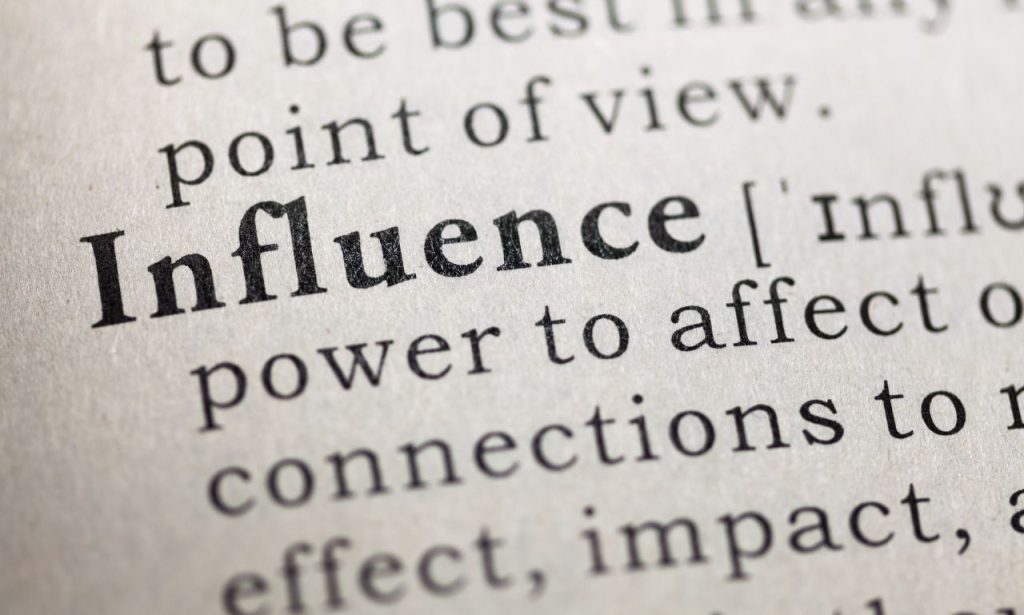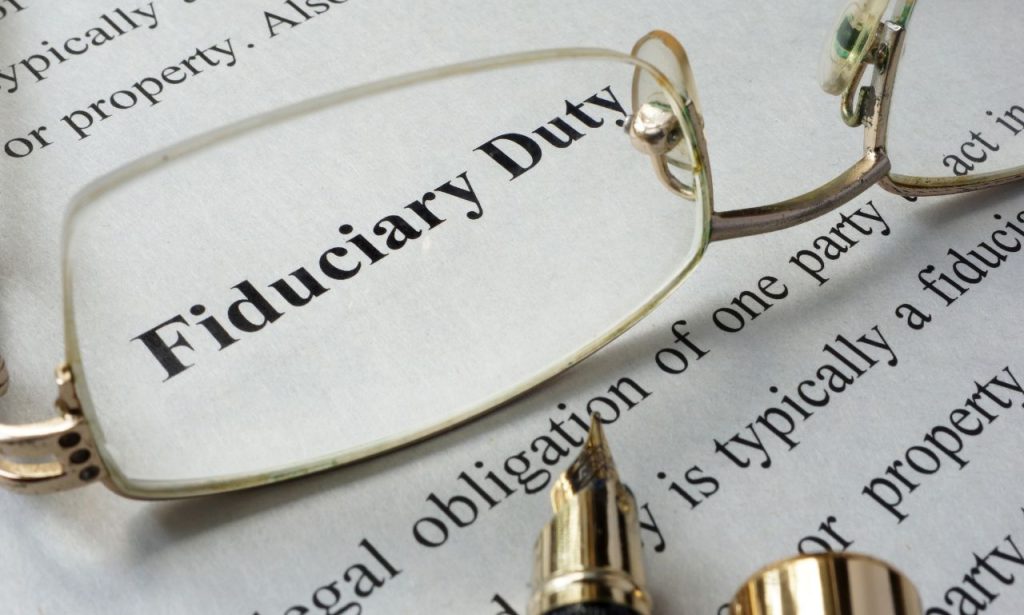You find yourself staring at a legal document, a knot of dread tightening in your stomach. It could be a will that inexplicably favors a distant acquaintance over family, a contract signed under duress, or a property deed transferred under suspicious circumstances. A single, chilling question echoes in your mind: was this truly their free will, or was their hand forced by unseen strings? This is the insidious nature of undue influence – a silent puppet master manipulating decisions from the shadows. But how do you prove the invisible, how do you drag this specter into the light of justice?
This journey, while fraught with complexities, is not insurmountable. It requires a keen understanding of the legal landscape, a sharp eye for subtle signs, and an unwavering commitment to uncovering the truth. This article serves as your guide, illuminating the path to proving undue influence and reclaiming what was unjustly taken.
Understanding Undue Influence
Before you can fight an enemy, you must first understand its tactics. Undue influence, often lurking beneath the surface of seemingly legitimate transactions, operates by subtly eroding an individual’s free will, replacing it with the desires of the manipulator. It’s a violation of trust, a betrayal of vulnerability, and a theft of autonomy.
What is Undue Influence?

Legally speaking, undue influence occurs when an individual, the influencer, exerts excessive pressure or control over another person, the victim, to the point that it overpowers their ability to make independent decisions. This manipulation can manifest in various forms, from subtle coercion to outright threats, and can impact a wide range of legal transactions, including wills, contracts, gifts, and even medical decisions.
Types of Undue Influence
Undue influence isn’t a one-size-fits-all offense. It wears many masks, each designed to exploit specific vulnerabilities. Recognizing these different forms is crucial in building a compelling case:
- Actual Undue Influence: This blatant form involves direct threats, coercion, or manipulation to force the victim into a specific action. Imagine an elderly person being threatened with being sent to a nursing home unless they sign over their assets.
- Presumed Undue Influence: This more subtle form arises when a relationship of trust exists between the influencer and the victim, such as between a doctor and patient or lawyer and client. The influence is presumed due to the power imbalance inherent in the relationship.
- Mistaken Belief: This occurs when the victim is led to believe something untrue, often through deception or manipulation, which then influences their decision-making. For instance, an individual might be falsely told that their family no longer wants contact with them, leading them to disinherit their loved ones.
The Importance of Proving Undue Influence
Proving undue influence is not just about righting a wrong; it’s about restoring justice and protecting vulnerable individuals from exploitation. The implications of failing to prove undue influence can be devastating:
- Unjust Enrichment: The influencer benefits unfairly from the victim’s compromised decision, often acquiring assets or advantages they would not have otherwise received.
- Emotional Distress: Victims and their families experience significant emotional pain and suffering knowing their loved one was manipulated and taken advantage of.
- Erosion of Trust: Undue influence undermines the very fabric of trust in relationships, casting a shadow of doubt over future interactions and transactions.
Proving undue influence is a complex endeavor, often requiring a deep dive into the intricacies of relationships, behaviors, and legal precedents. Understanding the legal framework and gathering compelling evidence is paramount to success.
The Weight of Proof
In any legal battle, the burden of proof rests on the shoulders of the accuser. In undue influence cases, this means the individual alleging undue influence must present sufficient evidence to convince the court that it occurred. However, the specific standard of proof and who bears the burden can shift depending on the type of transaction in question.
Wills vs. Inter Vivos Gifts
The burden of proof in undue influence cases differs significantly depending on whether the contested transaction is a will or an inter vivos gift, a gift made during the giver’s lifetime.
- Wills: The burden typically falls on the individual challenging the will, often a disgruntled heir, to prove undue influence. This can be a high bar to clear, requiring substantial evidence to overturn the deceased’s expressed wishes.
- Inter Vivos Gifts: The burden often shifts to the individual receiving the gift, especially if a confidential relationship existed between them and the giver. This shift reflects the court’s desire to scrutinize transactions where one party might have held significant sway over the other.
Key Elements to Prove Undue Influence
Building a compelling case for undue influence requires weaving together a tapestry of evidence that paints a clear picture of manipulation and coercion. While each case is unique, certain key elements consistently arise:
1. Whispers of Suspicion
The first step is to identify red flags that raise concerns about the legitimacy of the transaction. These suspicious circumstances, while not conclusive on their own, often serve as the foundation for further investigation:
- Unnatural Disposition: The transaction significantly deviates from what would be considered normal or expected, such as a will that disinherits immediate family in favor of a caregiver or a large gift given to someone with no apparent close relationship to the giver.
- Secretive Transactions: The influencer takes deliberate steps to conceal the transaction from others, such as isolating the victim from family and friends or rushing through the signing of documents without independent legal advice.
- Sudden and Unexplained Changes: The victim makes abrupt and out-of-character changes to their estate plan or financial decisions, often coinciding with the influencer’s involvement in their life.
2. Unveiling Vulnerability
Proving undue influence requires demonstrating that the victim was susceptible to manipulation at the time of the transaction. This involves assessing their physical, mental, and emotional state:
- Age and Health: Elderly individuals, particularly those experiencing cognitive decline or physical frailty, are often more vulnerable to undue influence due to their increased dependence on others.
- Mental Capacity: Individuals with diminished mental capacity, whether due to illness, disability, or substance abuse, are more susceptible to manipulation as their ability to understand and evaluate information is compromised.
- Emotional Dependence: Victims often have a strong emotional dependence on the influencer, relying on them for companionship, care, or emotional support, making them more likely to succumb to pressure or manipulation.
3. Exposing the Puppet Master

A critical element in proving undue influence is establishing the influencer’s position of power or authority over the victim. This power imbalance creates an environment where manipulation and coercion can thrive:
- Fiduciary Relationships: Relationships built on trust, such as those between a doctor and patient, lawyer and client, or financial advisor and client, inherently carry a power imbalance that can make undue influence easier to exert.
- Caregiver Roles: Individuals in caregiving positions, whether family members, friends, or paid professionals, often have significant influence over vulnerable individuals, particularly those with declining health or mental capacity.
- Financial Control: Influencers who control the victim’s finances, such as having access to their bank accounts or managing their investments, hold a position of power that can be easily exploited for personal gain.
Conclusion
Undue influence, a silent thief of autonomy, often operates in the shadows, preying on the vulnerable and eroding trust in relationships. Proving this insidious form of manipulation requires a keen eye for detail, a deep understanding of the legal landscape, and an unwavering commitment to uncovering the truth. While the journey may be complex, remember that you are not alone. By arming yourself with knowledge, seeking legal counsel, and advocating for yourself or your loved ones, you can break free from the grip of undue influence and reclaim the power of free will.
ALSO READ: How to Beat an Aggravated Robbery Charge
FAQs
A: Yes, it is possible to prove undue influence even after the victim has passed away. This often involves challenging a will or other estate planning documents in probate court.
A: Common defenses include arguing that the victim had independent legal advice, that the transaction was consistent with their prior wishes, or that the alleged influencer had no knowledge of the transaction.
A: Penalties for undue influence vary depending on the jurisdiction and the severity of the offense. They can range from voiding the contested transaction to criminal charges in cases involving fraud or elder abuse.




